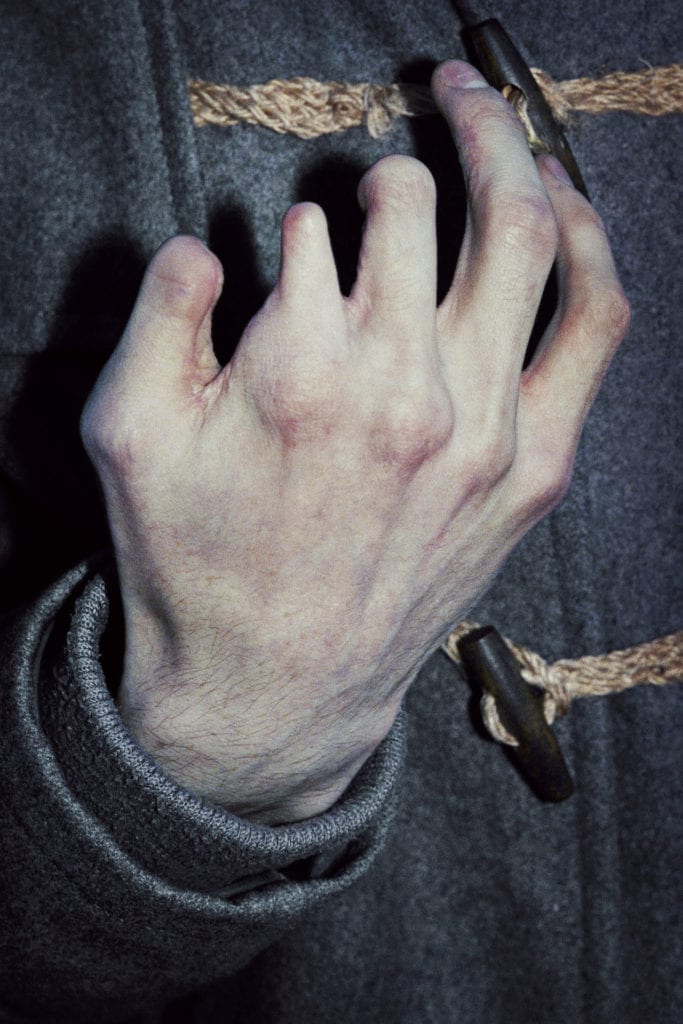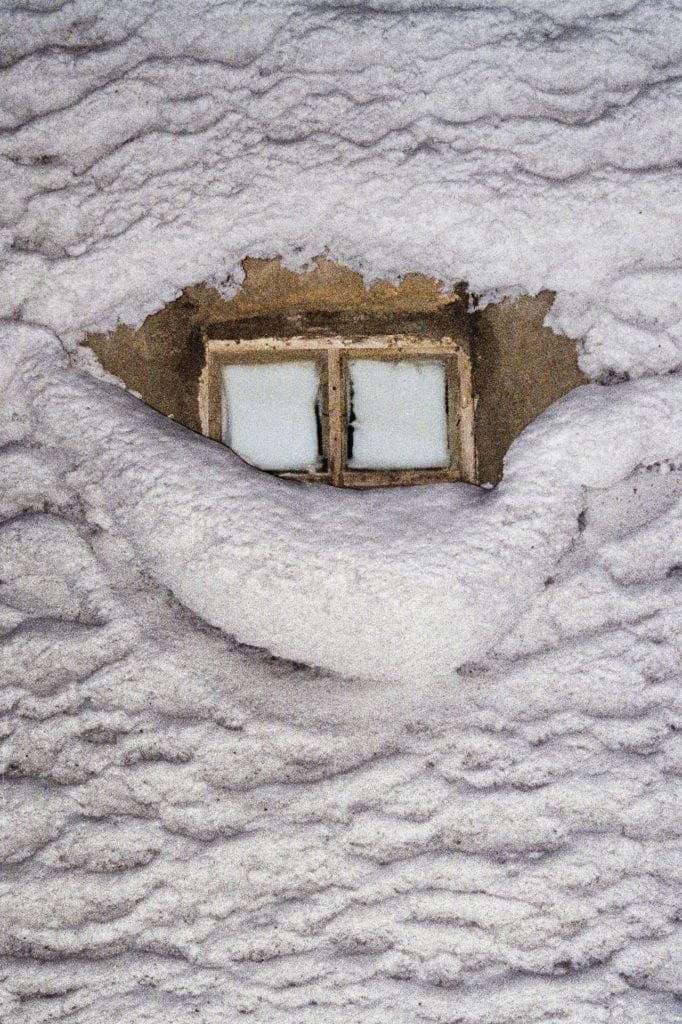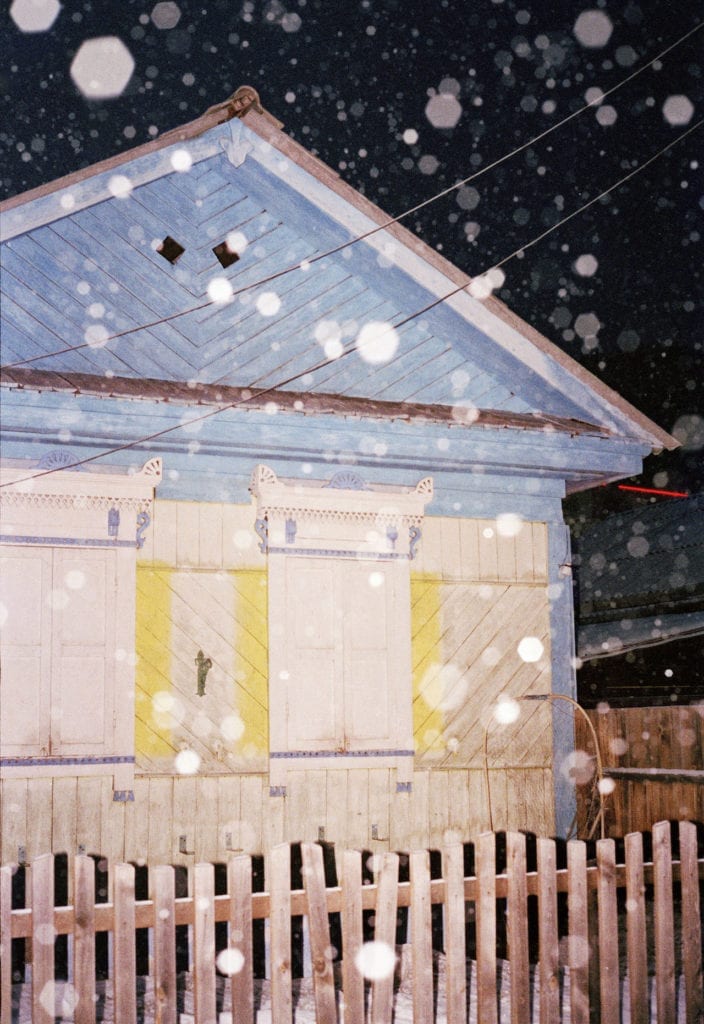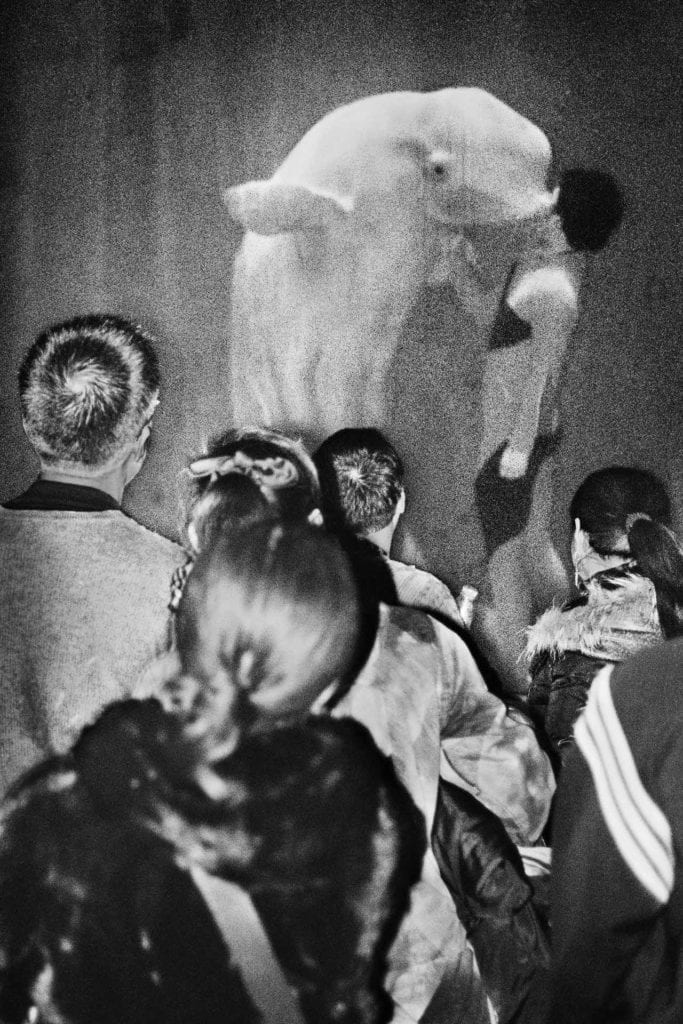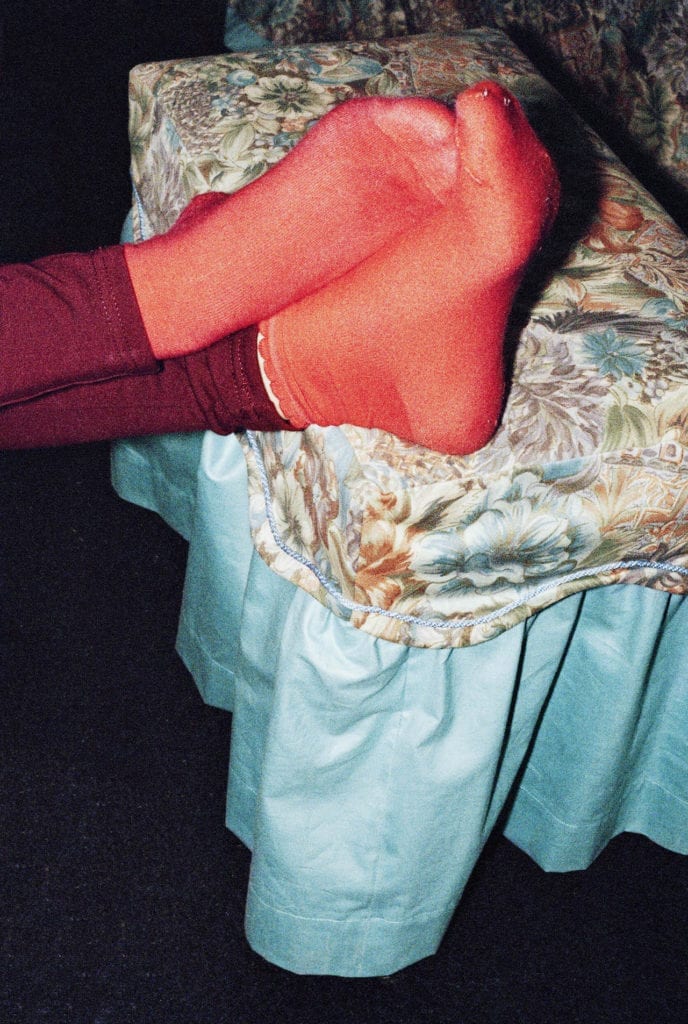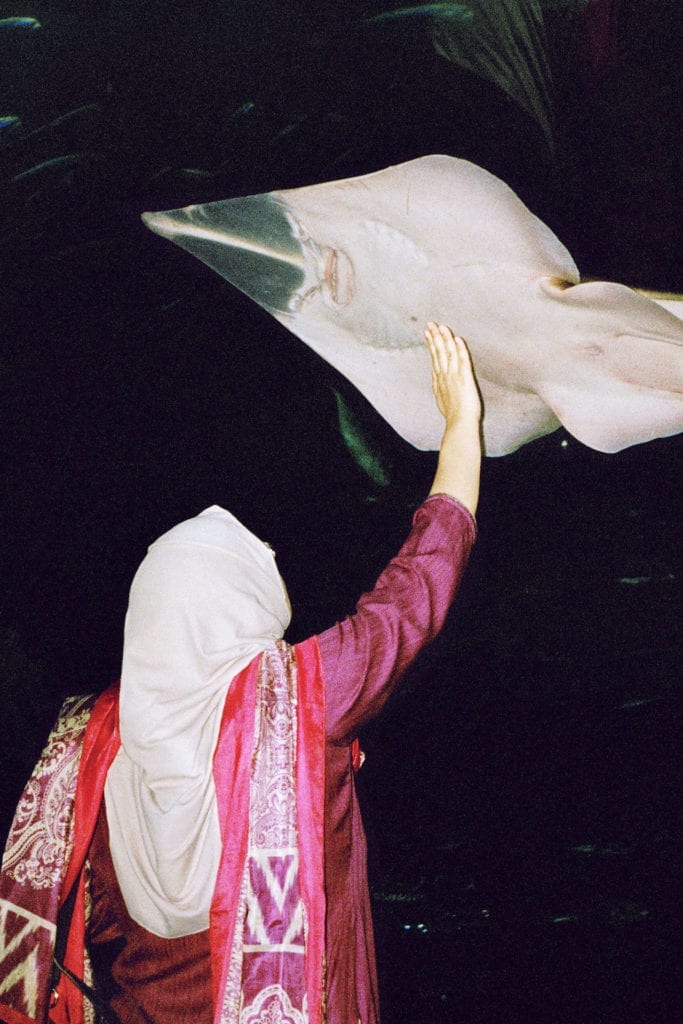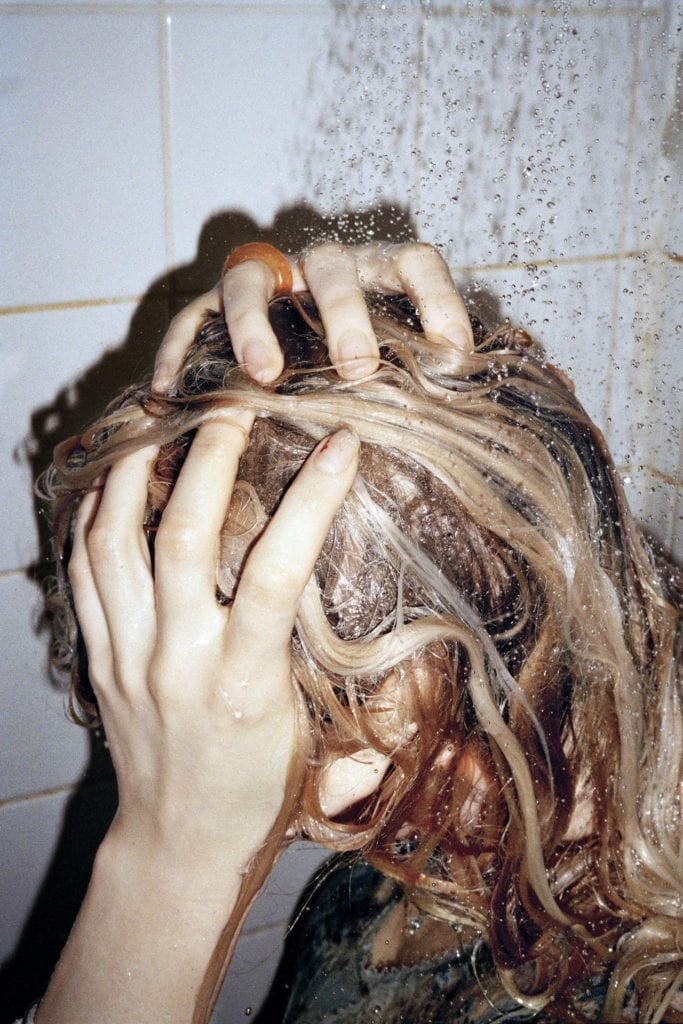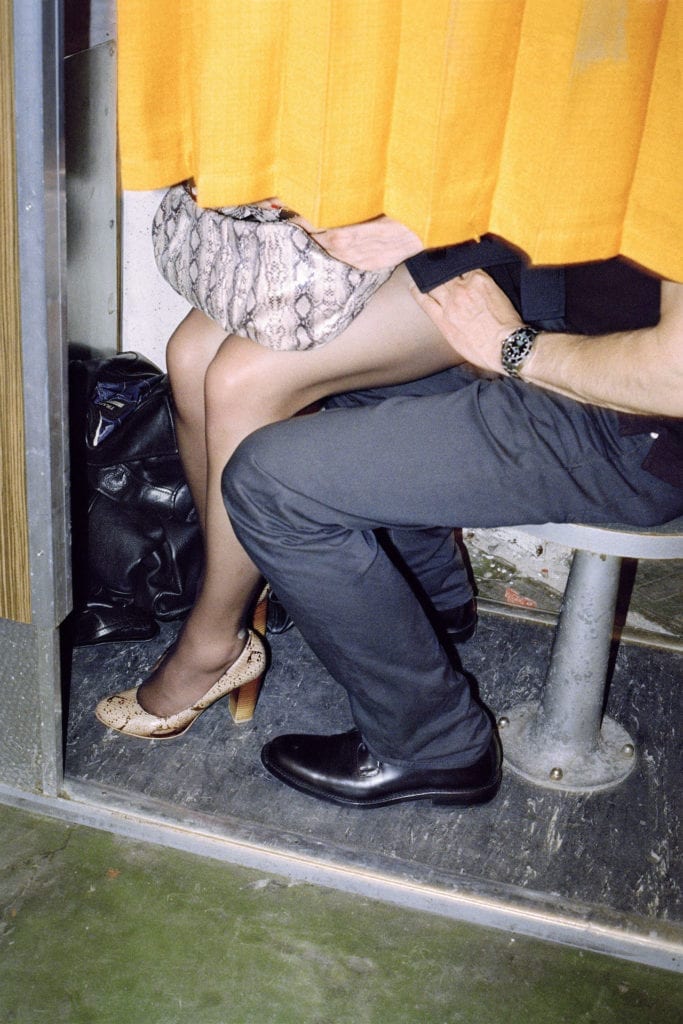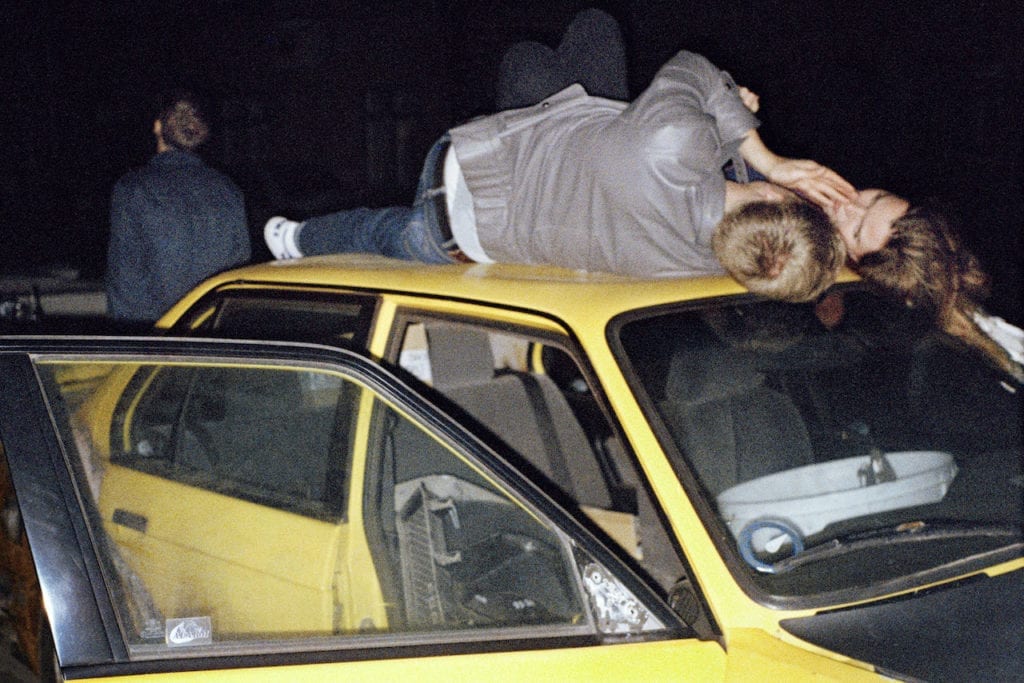“I like to think that I’ve been giving myself time to find my own way of taking pictures – which of course means making a lot of mistakes, blowing a lot of resources and being very confused,” says Albert Elm. “I think one has to start from scratch to find ones own voice.
“Photography is a medium that’s hard to personalise. You see so much work out there that could easily have been shot by the same photographer. It’s great when you can tell right away ‘Oh that’s so-and-so’s work’.”
Born in 1990, Elm already has an enviable career – studying at the prestigious Fatamorgana school in Copenhagen when he was just 18, assisting Magnum photographer Jacob Aue Sobol from 2009-2011, and graduating from the Glasgow School of Art in 2015; his work has been widely published in magazines such as Photoworks, Vice and the BJP (where he was one of our Ones to Watch in 2015) and shown in galleries across Europe. He published his first book, Elsewhere, in 2014, and is now already on his second – What Sort of Life Is This, published in September by The Ice Plant in Los Angeles.
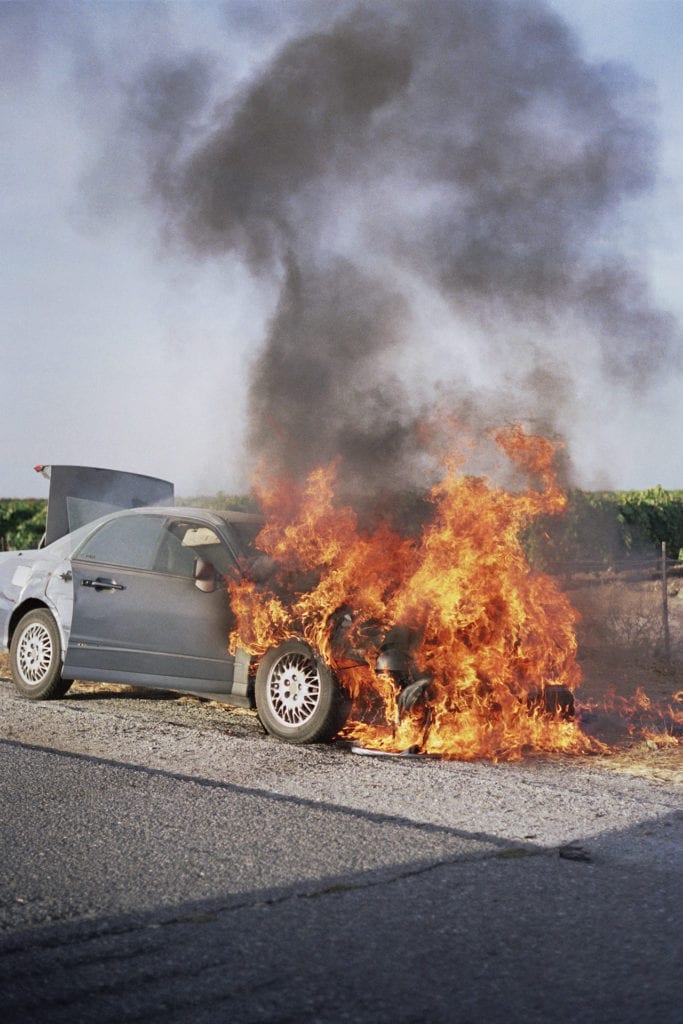
“I started to feel too guilty about never doing my homework, and thought I needed to do something more meaningful with my life,” he says. “I wanted to study photography, but had to be 18 to apply for the school I wanted to get into – Fatamorgana. So I went out sailing with a training ship for a while instead.
“When I started Fatamorgana, I had only just turned 18 [his birthday is on 20 June],” he continues. “It was very exciting – we had some inspirational teachers, including Antoine d’Agata, and it was great to be able dedicate my mind 100% to photography. But I also got very confused and lost sense of direction. I’ve sometimes thought maybe it would have been better to study photography when I was a bit older. On the other hand, I don’t think I would have been where I am in life now, if I hadn’t had that big of a mouthful of photography when I was 18.”
Assisting Aue Sobol after graduation helped him stick with it, giving him the “amazing” opportunity to work with world-class photography every day, and helping him learn practical skills such as systematically archiving his negatives. But Elm is still open to making mistakes and blind alleys, even describing the images in his new book as “part of my own learning process”.
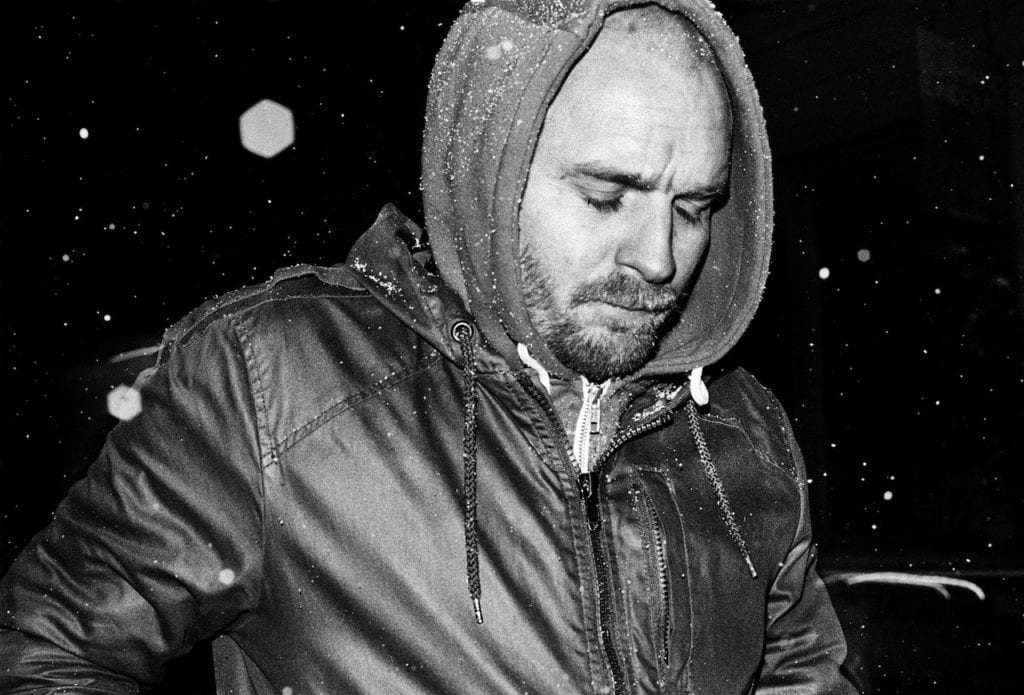
“I play around a lot when I take pictures, not knowing what I’m doing,” he continues. “I think it’s a good way of pushing your pictorial understanding. You walk around and take pictures in your room because you are bored one day. You end up liking a picture without knowing why.”
Elm now uses small point-and-shoot cameras, which allow him “to be present in the moment”, “examine life while living it”, and “shoot very intuitively”. He takes a lot of photographs – 1000 films went into the new book – but then ruthlessly edits; What Kind Of Life Is This initially started as two separate series, one shot in his everyday life and one on a trip on the Tran-Siberian Railway, but, realising he was drawn to similar scenes in both, that he was “working on the same subject, just in different places”, he combined them.
“I have sacrificed a lot of images in favour of other images,” he says. “But I guess that’s just the art of editing. Kill your darlings.”
Elm has long been a fan of photobooks, and says that he first got to know photography through them. He believes that looking through a photobook is more intimate than going to a show because it can “open a door to your imagination”; when he first encountered Daido Moriyama’s photobooks, he says, “it was as if I had met someone who understood me”. Even now, if he feels disillusioned, and needs to be reminded why he takes pictures, he picks up Richard Billingham’s Ray’s A Laugh. “The beautiful, aesthetic and humorous way of telling a loving but very painful story is a huge inspiration.”
He usually edits on gut instinct, sometimes following visual threads, and sometimes juxtaposing two contrasting shots to suggest a third meaning. “Sometimes I try to let some energy rub off on the next picture,” he explains. “But I like the fact that not everyone sees the same things as I do.”
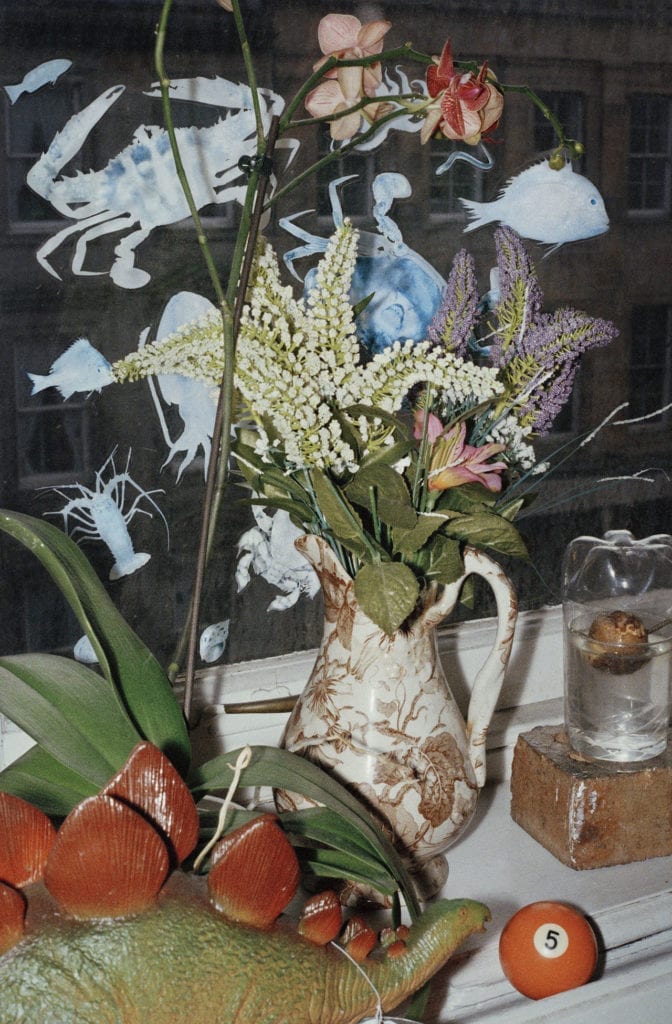
“The project is still in the start up phase,” he says. “But I’m exited to start a project about where I’m from and try to look into my cultural heritage.”
What Sort Of Life Is This is published by The Ice Plant, priced $42. https://theiceplant.cc www.albertelm.com
